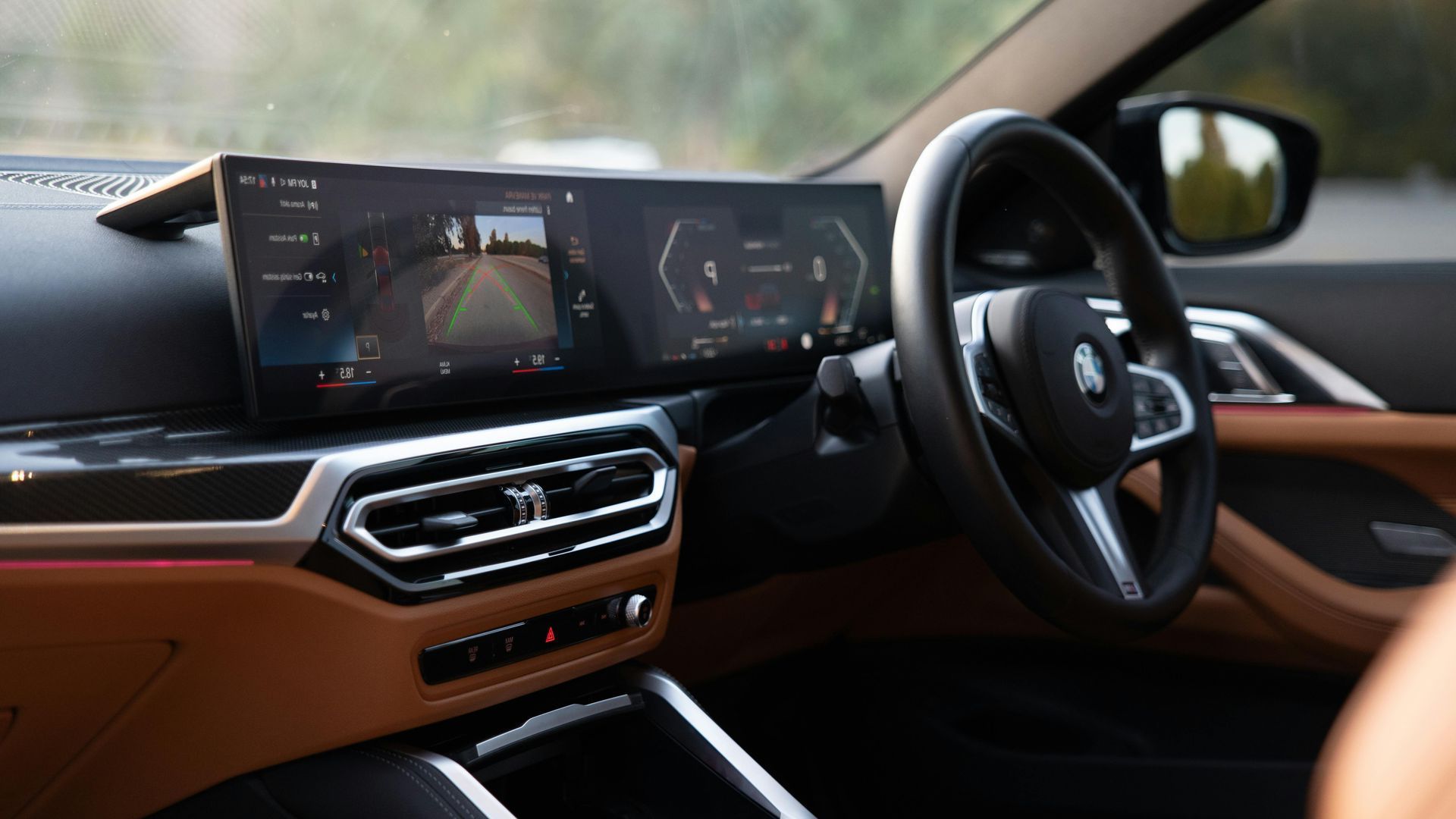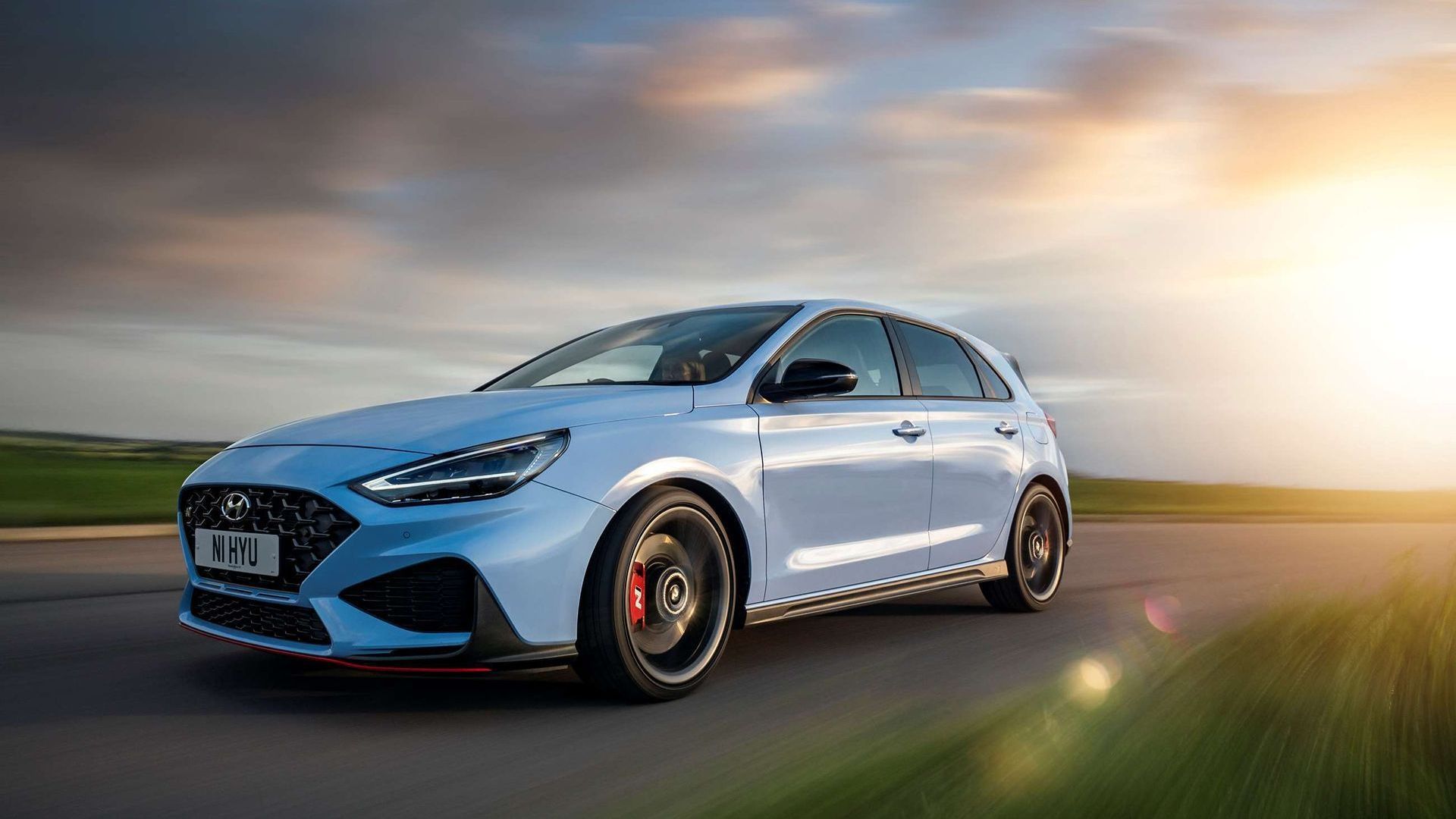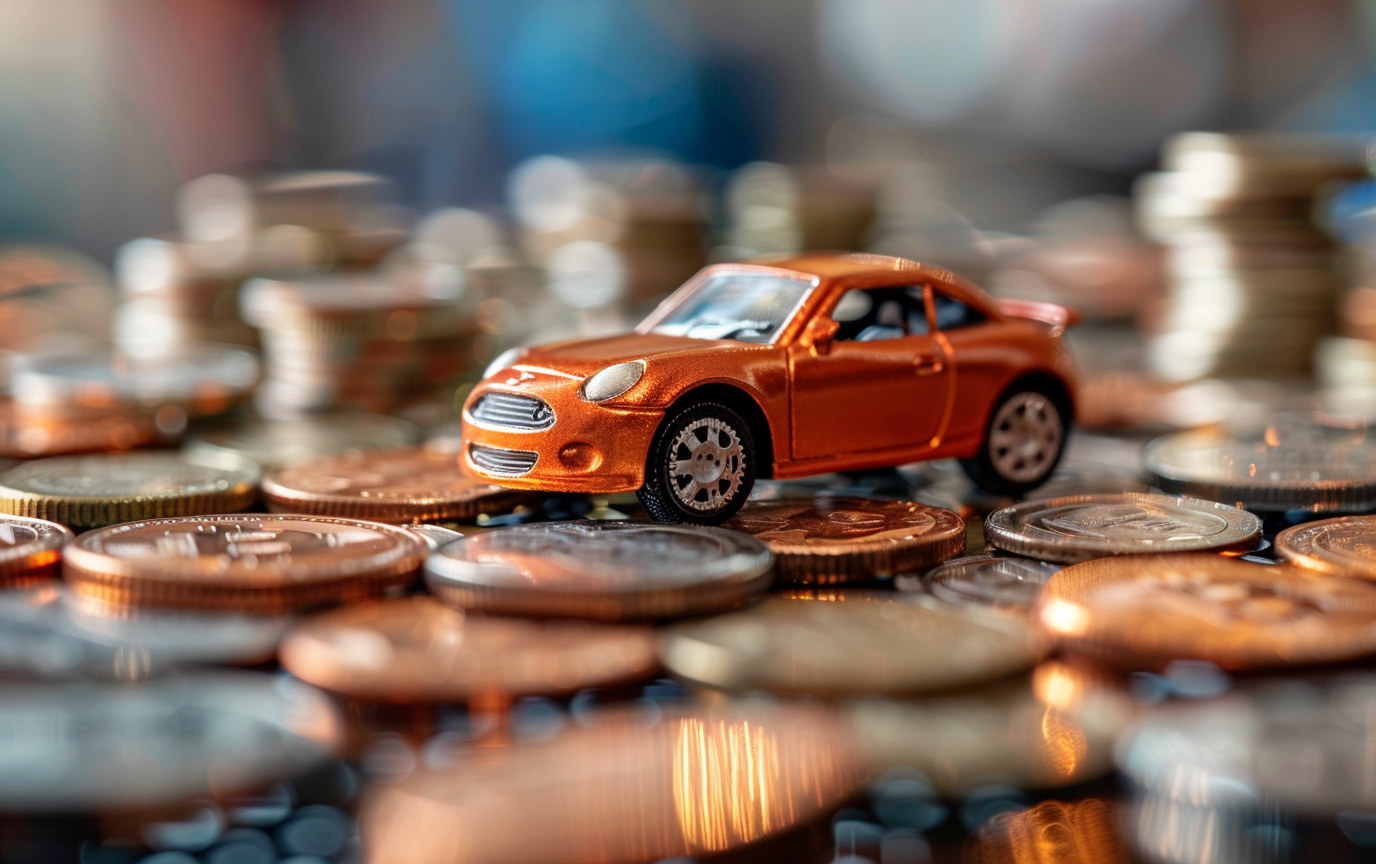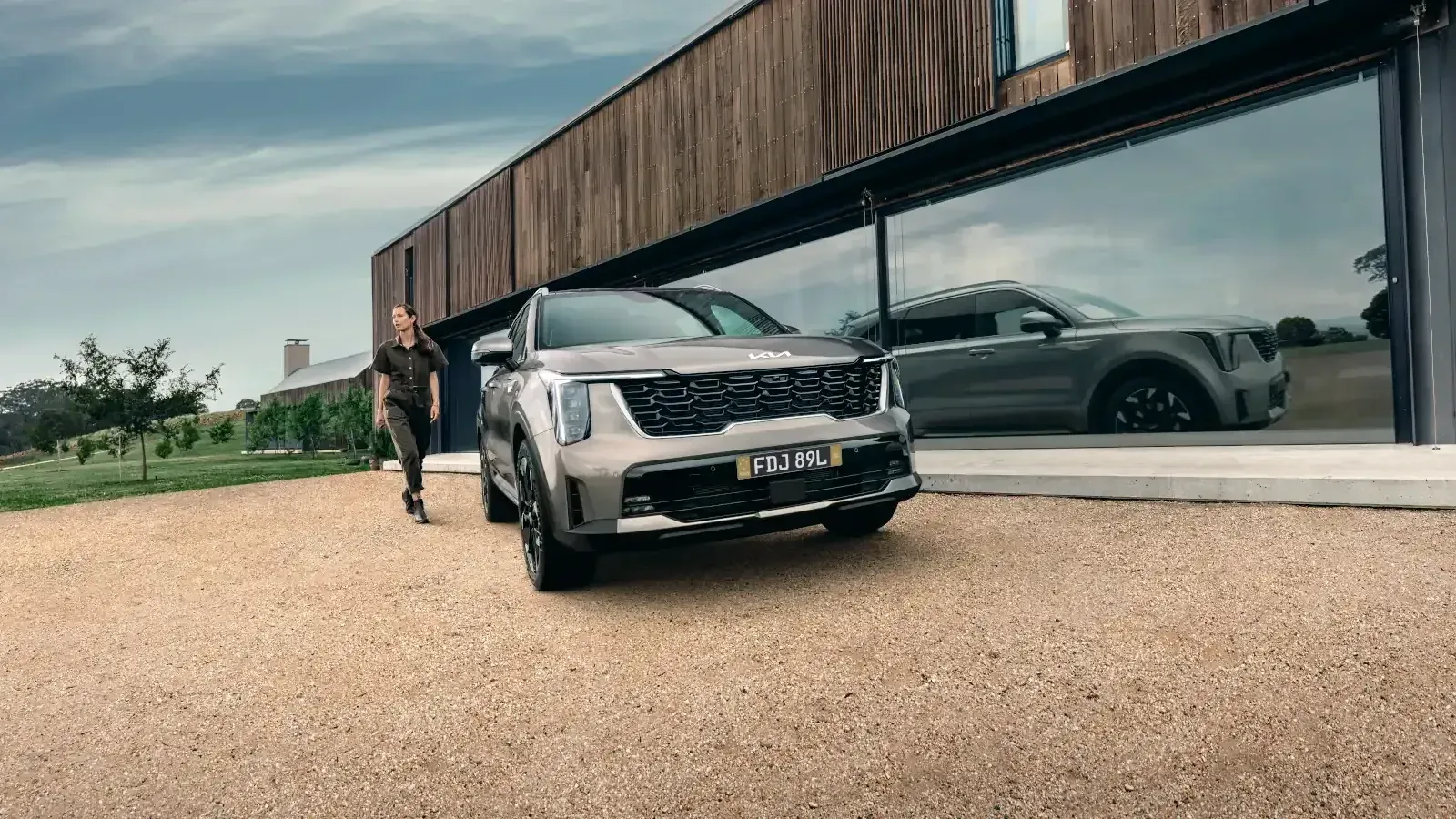Are Modern Car Safety Features Worth It? What You Need to Know
Car safety features promise better protection, but are they worth the cost? Learn which features matter, their hidden costs, and if they actually make your car safer.
March 7, 2025

How Safe Is Your Car?
If you've ever wondered how safe your car is? Car buyers are more conscious than ever about vehicle safety, and for good reason.
But not all features are created equal—some are game-changers, while others might just be expensive gimmicks.
Do Car Safety Features Actually Work?
Most modern safety features do reduce accidents, but they're not foolproof. For example:
✅ Blind-Spot Monitoring
This has personally saved me a few times—one second you're about to change lanes, the next, a little warning light stops you from a potential crash.
🚫 Lane-Keeping Assist
On the other hand, this system can be more annoying than helpful. If you've ever tried to change lanes without signalling, you might have felt your car fighting you.
The Hidden Costs of Safety Features
While safety tech can make driving safer, it also increases repair costs:
- A bumper replacement used to cost a few hundred dollars. Now? It can run you thousands because it's packed with sensors.
- Windshield repairs? If your car has ADAS (Advanced Driver Assistance Systems), replacing a windshield might require recalibrating cameras and sensors, adding to the bill.
- Some features, like automatic emergency braking, rely on sensors that can malfunction, leading to costly repairs.
What Are the Most Important Safety Features?
If you're
shopping for a new car, these are the
must-have safety features
that actually make a difference:
Automatic Emergency Braking (AEB)
AEB uses sensors, cameras, or radar to detect potential collisions and automatically applies the brakes if the driver doesn’t react in time. It’s particularly useful in preventing rear-end crashes and reducing accident severity.
Blind-Spot Monitoring
Blind-spot monitoring uses radar sensors or cameras to detect vehicles in adjacent lanes that might be hidden from the driver’s view. It usually alerts drivers with a warning light on the side mirrors or an audible alert when signaling to change lanes.
Rear-View Camera (Now Mandatory in Many Places)
A rear-view camera gives drivers a clear view behind their car, helping them avoid obstacles, pedestrians, or other vehicles while reversing. Many modern systems also include parking guidelines and 360-degree surround views.
Electronic Stability Control (ESC)
ESC automatically detects loss of traction and applies braking to individual wheels to help the driver regain control in slippery conditions. It prevents the car from spinning out or skidding during sudden turns or emergency manoeuvres.
Adaptive Cruise Control (ACC)
Unlike traditional cruise control, ACC automatically adjusts speed based on the distance to the car ahead. It uses radar or cameras to maintain a safe following distance, slowing down or speeding up as needed.
Should You Pay Extra for Advanced Safety Features?
Some features are standard, but others are optional add-ons that can increase the price of a car. Features like self-parking, 360-degree cameras, and night vision sound great, but are they really necessary?
If you're buying a used car, be extra cautious. These features might not work as intended, and fixing them can be expensive.
Can I Add Safety Features to My Car?
Yes! Some aftermarket safety features—like backup cameras, blind-spot mirrors, and dash cams are excellent tech upgrades for your car.—can be installed in older cars. However, advanced systems like lane-keeping assist and adaptive cruise control typically require factory integration.
Frequently Asked Questions
How Safe Is My Car?
The best way to check your car's safety is by looking up its ANCAP rating or checking for essential safety features like airbags, ABS, and ESC.
What Is the Safest Car?
The safest cars usually have top ANCAP safety ratings, advanced driver assistance features, and strong crash test results.
Do Safety Features Lower Insurance Costs?
Sometimes. Features like automatic emergency braking and blind-spot monitoring can reduce your insurance premiums, but high-tech safety systems can increase repair costs, offsetting savings.
What Safety Features Should I Look for in a Used Car?
If you're buying a used car, check if it has:
- ABS and ESC (essential for stability)
- Airbags (front, side, and curtain)
- Rear-view camera
- Blind-spot monitoring (if available)
- If the car has high-tech safety features, make sure they actually work—repairs can be expensive!
Final Verdict: Are Safety Features Worth It?
Yes and no. Some safety features are lifesavers, but others might not be worth the extra cost—especially if they drive up maintenance expenses. Before you buy, consider how much these features actually add to your safety versus how much they'll cost you in the long run.
Dealers That Pay More Than Trade-In Price
At Sell Any Car Fast, we pay more than trade in value. So get your free quote before you sign up for your new, safer car.











